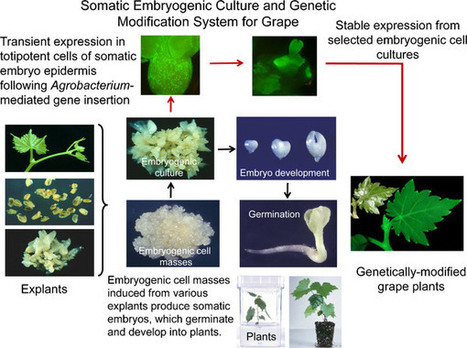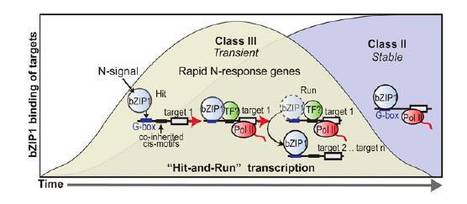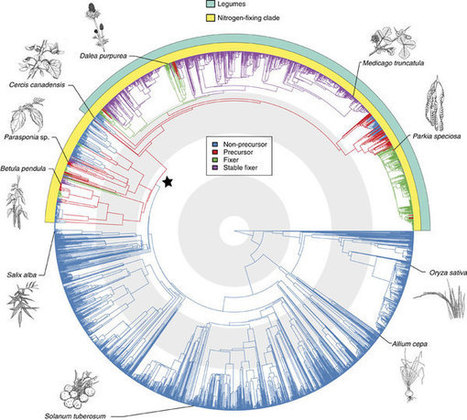The insect resistant maize YieldGard MON810 was studied to assess the extent to which introduction of a transgene may putatively alter the expression of endogenous genes by comparison of various GM lines vs. their non-transgenic counterparts. To assess the extent to which introduction of a transgene may putatively alter the expression of endogenous genes, GM lines of the insect resistant maize YieldGard MON810 were compared with non-transgenic counterparts. For a more in-depth study, high-throughput deep sequencing together with microarrays were used to compare the transcriptomes of immature embryos of the MON810 variety DKC6575, with a cryIA(b) transgene, and its near-isogenic variety Tietar, grown under controlled environmental conditions. This technique also allows characterisation of the transgenic mRNAs produced. 3′UTR-anchored mRNA-seq produced 1,802,571 sequences from DKC6575 and 1,170,973 from Tietar, which mapped to 14,712 and 14,854 unigenes, respectively. Up to 32 reads from the transgenic embryos matched to the synthetic cry1A(b)sequence, similar to medium-abundant mRNAs. Gene expression analysis, using the R-bioconductor packages EdgeR and DEseq, revealed 140 differentially expressed genes mainly involved in carbohydrate metabolism, protein metabolism and chromatin organisation. Comparison of the expression of 30 selected genes in two additional MON810 and near-isogenic variety pairs showed that most of them were differentially expressed in the three pairs of varieties analysed. Analysis of functional annotation and the precise moment of expression of the differentially expressed genes and physiological data obtained suggest a slight but significant delay in seed and plant maturation of MON810 plants. However, these transcriptomic changes were not associated to undesirable changes in the global phenotype or plant behaviour. Moreover, while most expression changes in MON810 immature embryos were maintained in other transgenic varieties, some gene expression was found to be modulated by the genetic background in which the transgene was introduced through conventional breeding programs.
Via
Christophe Jacquet



 Your new post is loading...
Your new post is loading...


















A clear demonstration of two domestications and subsequent introgressions that have shaped the variation in New World beans